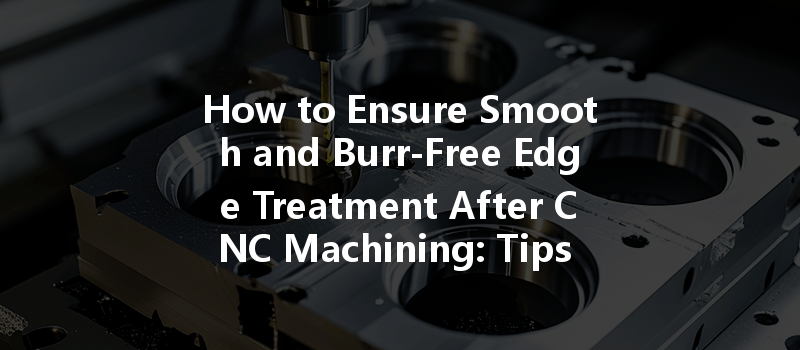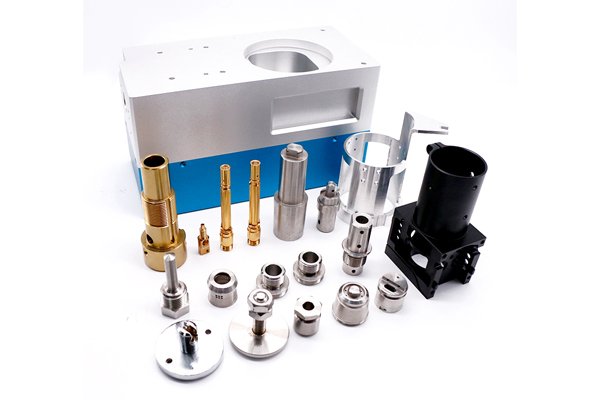By YL Machining
In the ever-evolving world of manufacturing, CNC (Computer Numerical Control) machining stands as a cornerstone of precision and efficiency. Yet, amidst the array of services and technologies, one challenge remains prevalent: ensuring smooth and burr-free edge treatments on machined parts. Burrs, the unwanted protrusions left behind during machining, can lead to diminished part functionality, compromised aesthetics, and increased production costs. For manufacturers focused on quality and performance, understanding how to achieve impeccable edges is not just advantageous—it’s essential.
At YL Machining, we champion the mantra of precision manufacturing. In this comprehensive article, we delve into the techniques and practices that prevent burr formation, ensuring your CNC machined parts exemplify the pinnacle of quality. Whether you’re a seasoned professional or new to the CNC world, you’ll find actionable insights that can propel your procedures to the next level.
—
Understanding Burrs: The Basics
Before we jump into solutions, let’s grasp the foundational concept of burrs. Burrs are rough edges or protrusions left on parts after machining operations such as cutting, drilling, or grinding. Common causes of burr formation include:
By understanding these underlying factors, manufacturers can tailor their operations accordingly.
—
The Importance of Burr-Free Edges
The quest for burr-free edges is far from cosmetic. Here are some compelling reasons to prioritize this in your CNC processes:
With these points noted, let’s explore strategies designed to eliminate burrs effectively.
—
Strategies for Preventing Burr Formation
The right tools can make all the difference. Consider the following when selecting tools:
Cutting parameters directly influence burr formation. Here are key aspects to tune:

Understanding the material’s properties ensures compatibility with your machining processes:
Regular maintenance keeps tools in peak condition. Here are essential practices:
Aside from tool and parameter adjustments, adopting advanced strategies can yield significant results:
Even with the best practices, some burrs may still form. However, effective post-machining processes can alleviate concerns. Consider:
—
: The Path Forward
Achieving burr-free edges in CNC machining is a multifaceted challenge that demands a proactive approach. By prioritizing tool selection, optimizing cutting parameters, maintaining tools, and integrating thoughtful post-machining processes, manufacturers can significantly enhance the quality of their products while reducing costs.
At YL Machining, we uphold a commitment to excellence, employing these strategies to ensure our clients receive only the best. Investing in burr reduction not only elevates the quality of manufactured parts but underscores a company’s dedication to precision and safety.
Call to Action: If you’re looking to refine your CNC machining processes and ensure the quality of your products, contact YL Machining today. Together, let’s create a future where every edge is perfect, and every product meets the highest standards of quality.
—
This concludes the exploration of burr-free edges in CNC machining. Remember, the journey towards perfection begins with understanding and implementation.






